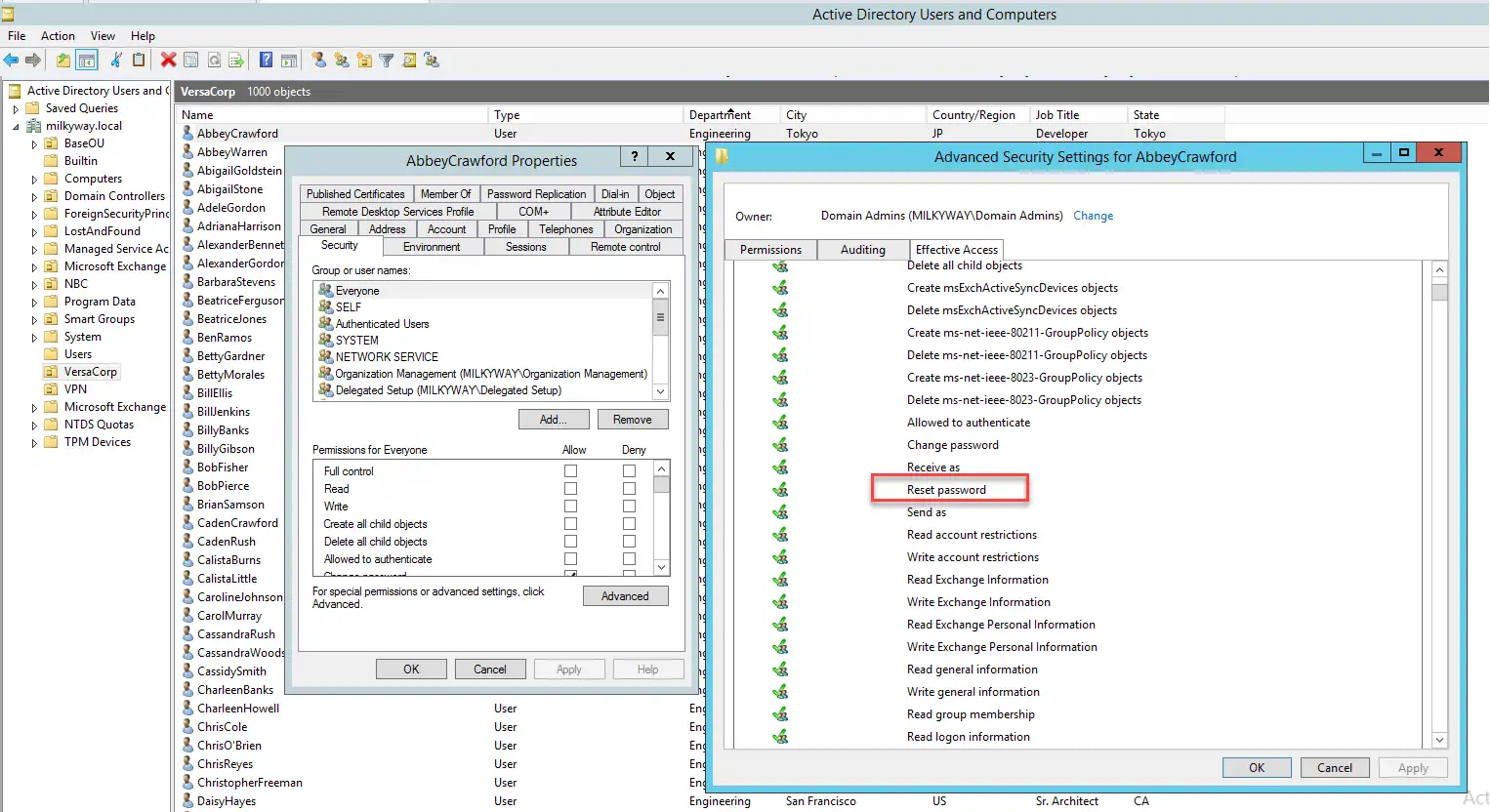Best Active Directory Tools for Seamless User and Group Management
Best Active Directory Tools for Seamless User and Group Management
Blog Article
Maximize Security and Performance with Advanced AD Management Tools
Controlling people within an Productive Listing (AD) setting is really a critical job for IT administrators, and one of the very frequent operations is publishing consumers to the directory. Whether you're onboarding new personnel or migrating from another process, an effective and structured individual import users into active directory for maintaining a healthy and arranged AD structure. In this step-by-step guide, we'll walk through the most effective techniques for publishing consumers in to Active Listing, ensuring accuracy, security, and efficiency.
Step 1: Prepare the User Data
Before publishing consumers into AD, it's important to prepare the necessary data. That typically includes person titles, e-mail handles, cell phone numbers, divisions, and different relevant attributes. The best exercise is to utilize a structured structure, like a CSV (Comma-Separated Values) file, to arrange and keep the consumer information. Make sure that each line in the CSV fits to an AD attribute (e.g., First Name, Last Name, Username, etc.).
Seasoned Hint: Double-check the information for accuracy. Problems only at that point may cause mistakes through the import process and develop troubles down the line.

Step 2: Select the Right Transfer Strategy
There are many ways to import users in to AD, according to your requirements and available resources. For smaller batches, information transfer applying Productive Listing People and Pcs (ADUC) might suffice. But, for bigger datasets, automation resources like PowerShell scripts or third-party resources may save time and reduce errors.
PowerShell is one of the most popular methods for posting users. Having its effective scripting features, you are able to import individual knowledge from CSV documents and build person reports in bulk. Furthermore, PowerShell enables you to customize person features during the transfer process, making it perfect for complicated environments.
Stage 3: Collection Up Organizational Models (OUs)
Organizational Models (OUs) are used to coordinate users within Effective Directory. It's most readily useful practice to make a well-structured OU hierarchy before posting users. This can help streamline management responsibilities such as class policies, entry controls, and reporting.
When posting users, allocate them to the appropriate OUs centered on their department, role, or location. That not only maintains your AD arranged but additionally ensures that certain party procedures and permissions are used correctly.
Step 4: Transfer the Users
Once the information is ready and OUs are setup, you are able to start the transfer process. If applying PowerShell, the software may read the CSV file and create individual accounts in AD on the basis of the presented attributes. You are able to include additional choices, such as setting password procedures, allowing records, or introducing consumers to unique communities, relying on your organization's requirements.

Conclusion
Effectively importing consumers in to Productive Listing requires careful planning, appropriate knowledge preparation, and the proper tools. By following this step-by-step information, IT administrators can guarantee a smooth and structured import process, lowering problems, enhancing protection, and maintaining a clean and structured AD environment. Whether applying guide methods or automated resources, the key to accomplishment is based on preparation, verification, and continuing management. Report this page